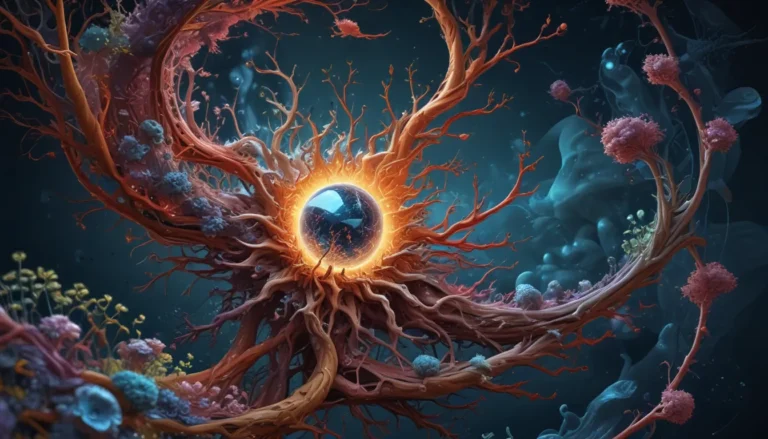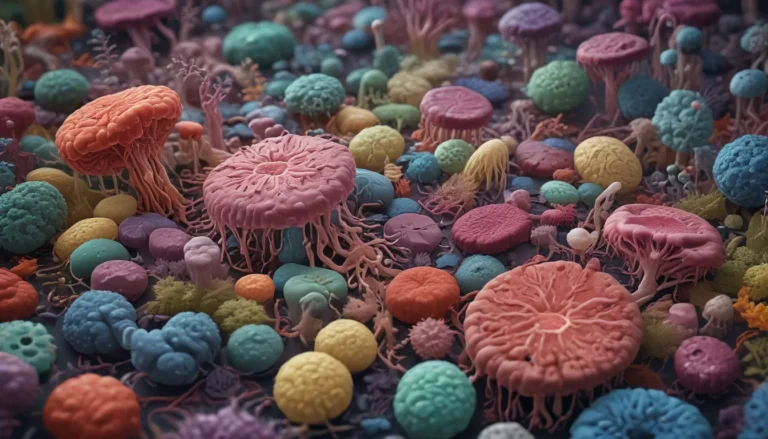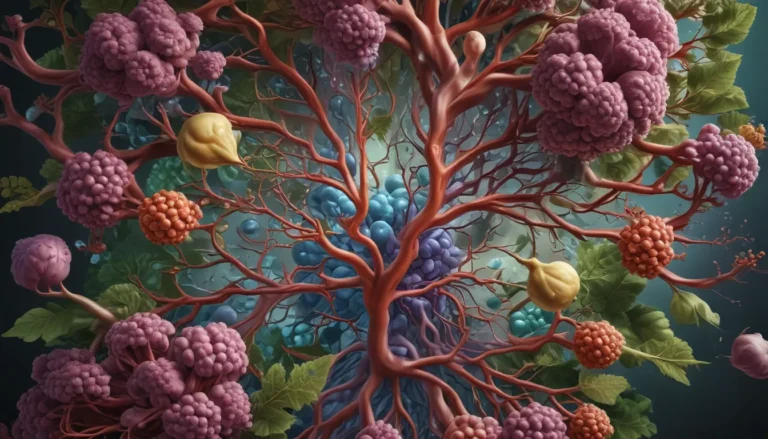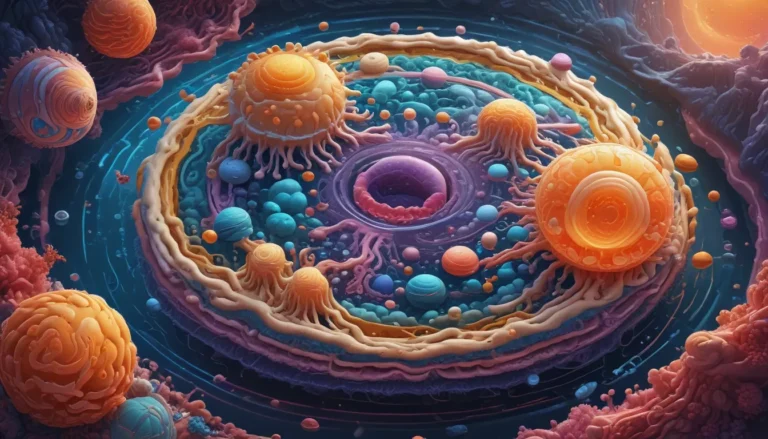A Note About Images: The images used in our articles are for illustration purposes only and may not exactly match the content. They are meant to engage readers, but the text should be relied upon for accurate information.
Welcome to the captivating world of speciation, where new species emerge and evolve through intricate processes that shape the biodiversity of our planet. From geographical barriers to genetic changes, speciation is a key player in the grand scheme of life’s evolutionary journey. Join us as we delve into 15 astonishing facts about speciation that will broaden your understanding of how species come to be and adapt to their environments.
The Phenomenon of Speciation
Speciation, a cornerstone concept in biology, elucidates how new species form and flourish over time.
Speciation can unfold through various mechanisms, including allopatric, sympatric, and parapatric speciation.
Allopatric speciation occurs when populations are physically separated by geographic barriers like mountains or bodies of water.
On the other hand, sympatric speciation transpires within the same geographical area without any physical isolation.
And in parapatric speciation, neighboring populations with limited gene flow evolve into distinct species.
Diverse Pathways to Speciation
Polyploidy, characterized by an organism having more than two complete sets of chromosomes, can also drive speciation.
The pace of speciation varies, ranging from rapid events to gradual changes that accumulate over extended periods.
Genetic mutations, recombination, and natural selection contribute to the accumulation of genetic disparities between populations, paving the way for speciation.
Hybrid zones, where closely related species interbreed after undergoing speciation, further illustrate the complexity of speciation processes.
The Significance of Speciation
Speciation is vital for fostering biodiversity and generating new adaptations that fill ecological niches.
Environmental shifts, such as climate change and resource availability, play a role in influencing speciation by introducing novel selective pressures.
Both plants and animals can undergo speciation, showcasing the vast diversity of life on Earth.
Unveiling the Mysteries of Speciation
Scientists have observed speciation in laboratory settings, providing empirical evidence for the mechanisms involved.
Speciation is an ongoing, continuous process driven by evolving environments and adaptive responses to evolutionary pressures.
Active research in the field of speciation continues to unravel its complexities and its fundamental role in shaping biodiversity.
Understanding the Marvels of Speciation
In conclusion, speciation is a captivating process that underpins the evolution of life on Earth. Through mechanisms like natural selection and reproductive isolation, new species emerge and thrive, contributing to the stunning array of life forms we see today.
FAQs: Your Queries Answered
-
Q: What is speciation?
A: Speciation is the process through which new distinct species evolve from existing ones, typically due to reproductive isolation. -
Q: What are the different types of speciation?
A: Allopatric speciation occurs when populations are geographically separated, while sympatric speciation arises within the same geographic area. -
Q: How does natural selection contribute to speciation?
A: Natural selection favors advantageous traits that enhance organisms’ survival and reproductive success, leading to the formation of new species over time. -
Q: What is reproductive isolation?
A: Reproductive isolation prevents successful mating or viable offspring production between different populations or species, facilitating the emergence of new species. -
Q: Can speciation occur through genetic drift?
A: Yes, speciation can occur through genetic drift, where random changes in gene frequency within a population can drive the formation of new species.
Explore the Enigmatic World of Speciation
Dive deeper into the realm of evolutionary biology with our engaging articles on sympatric speciation, allopatric speciation, and vicariance. Uncover the mysteries of species formation within the same geographical area, discover the fascinating intricacies of speciation caused by geographic isolation, and broaden your understanding of the intricate processes that drive speciation.
Trust in Quality Content
At our core, we are committed to delivering trustworthy and engaging content that enriches your understanding of the natural world. Every fact on our site is contributed by real users like you, ensuring a wealth of diverse insights and information. Our dedicated editors rigorously review each submission to uphold the highest standards of accuracy and reliability, guaranteeing that the facts we present are not only captivating but also credible. Join us on a journey of discovery as we explore the wonders of speciation and unveil the intricate tapestry of life’s evolutionary journey.





